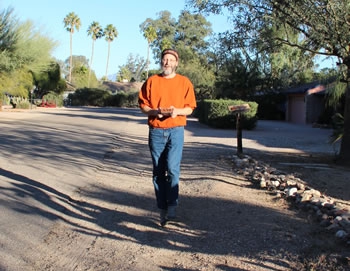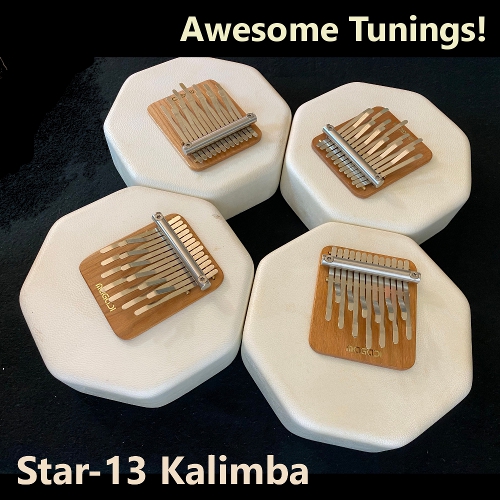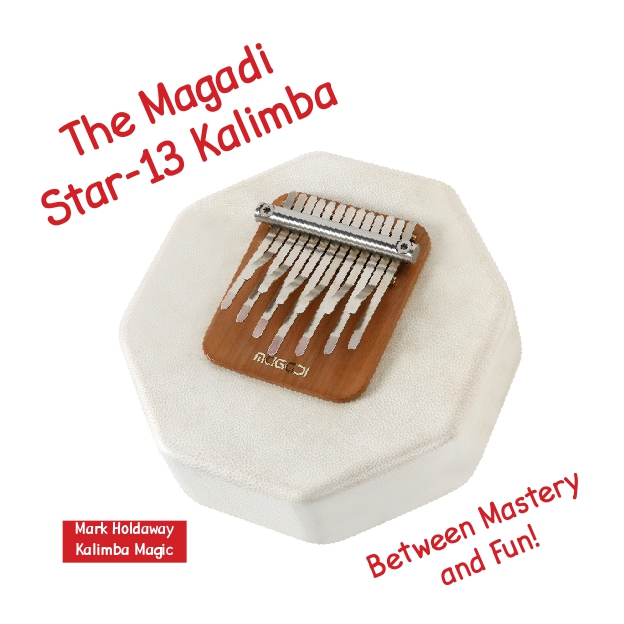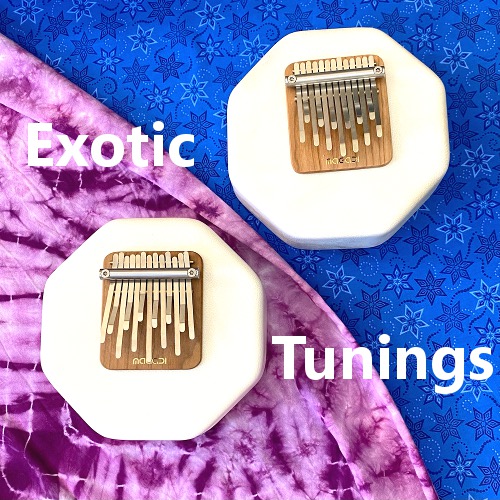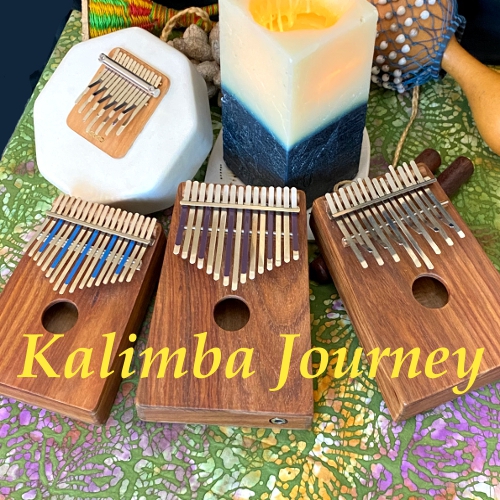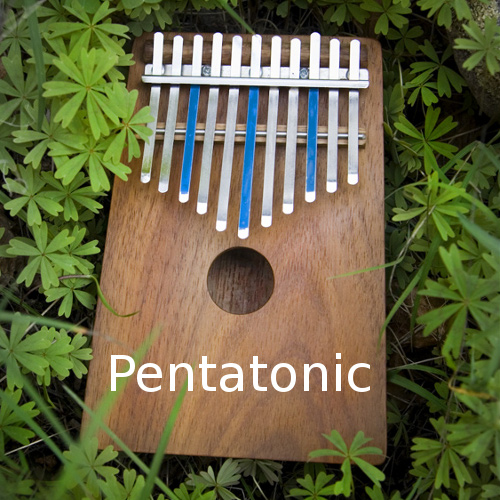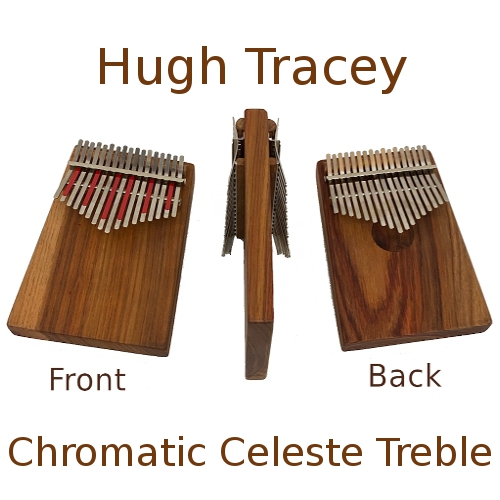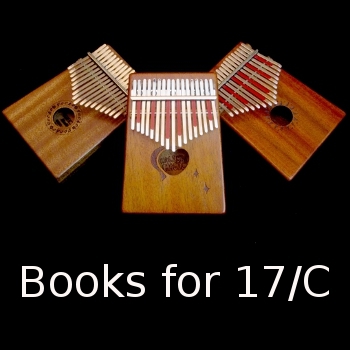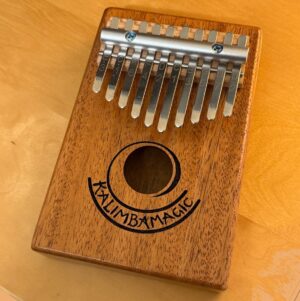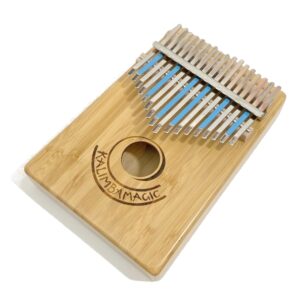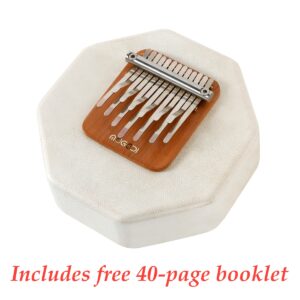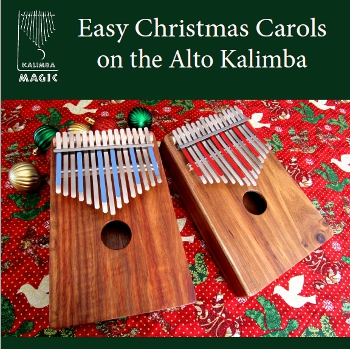
Easy Christmas Music for Alto Kalimba
All your holiday favorites, arranged for the 15-note Alto in G Click to Purchase the Easy Christmas PDF Download This collection of Christmas favorites has been arranged specifically for the Hugh Tracey Alto Kalimba in G. We started with a set of generic arrangements, but refined several of them so all the songs are comfortable and easy to play on the 15-Note Alto. I myself have been playing Christmas Carols on the kalimba for 20 years. Playing carols is a fine way to learn your kalimba, working on songs you already know. It is also a great way to learn about classical harmony. Playing carols is a fantastic way to cultivate feelings
